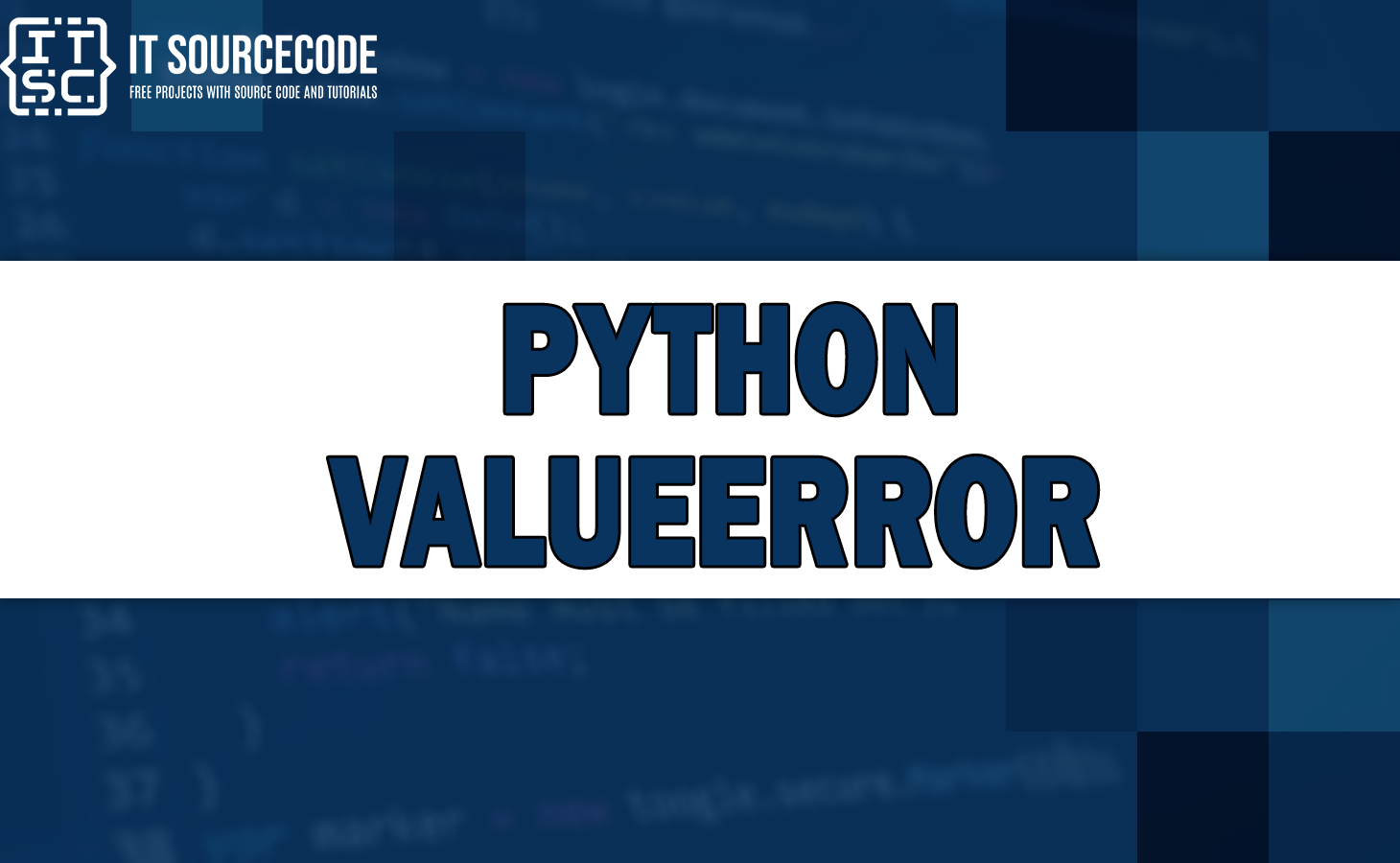Are you tired of encountering the Python ValueError in your code? You’re not alone!
ValueError is a common error that programmers often encounter when dealing with inappropriate data types, invalid inputs, or incompatible operations.
It can be frustrating, especially when it interrupts the execution of your program.
In this article, we will explain in detail the ValueError and provide you with practical examples and effective solutions to resolve this error smoothly.
Also read: Valueerror: cannot merge a series without a name
Solutions and Causes on How to Solve the ValueError?
When it comes to solving the ValueError, knowing its causes is necessary. Let’s discuss some common scenarios where this error may occur and provide effective solutions to fix them.
1. Incorrect Data Type Assignment
One common cause of the Python ValueError is when we attempt to assign a value of an incorrect data type to a variable.
For example, if we are trying to assign a string to an integer variable, a ValueError will be raised.
To solve this error, make sure that you assign the correct data type to each variable.
You can use the int(), float(), or str() functions to convert values to the desired data type.
Here’s an example:
age = int(input("Enter your age: "))
2. Invalid Input Handling
Another cause of the ValueError is invalid input provided by the user. For example, if you expect a numeric input but receive a string, a ValueError will occur.
To solve this issue, you can apply error handling methods like using a try-except block.
Here’s an example:
try:
number = int(input("Enter a number: "))
except ValueError:
print("Invalid input! Please enter a valid number.")
3. Incompatible Operations
Sometimes, a ValueError occurs when you perform operations between incompatible data types.
For example, adding a string and an integer can raise a ValueError.
To solve this error, make sure that the data types involved in the operation are compatible.
You can use type conversion functions to convert data types properly.
Here’s an example code:
a = "10"
b = 5
sum = int(a) + b
print(sum)4. Reading Files with Incorrect Format
ValueError will also occur when reading files of the data does not match the expected format.
For example, if we try to read a CSV file with various limits than expected, a ValueError may occur.
To resolve this error, we need to double-check the file format and make sure it aligns with the expected format.
Additionally, you can use libraries like csv or pandas that handle file parsing efficiently and provide error handling structure.
5. Out-of-Range Values
Sometimes, a Python ValueError will occur if the input value exceeds the range accepted by the program.
For example, if we expect a positive integer within a certain range, but the user provides a negative value or a value larger than the defined limit.
To fix this error, we can apply conditional statements to check if the input value breaks within the acceptable range.
If the value is out of range, you can request the user to enter a valid value.
Here’s an example program:
age = int(input("Enter your age (between 1 and 100): "))
if age < 1 or age > 100:
print("Invalid age! Please enter a value between 1 and 100.")
6. Missing or Misplaced Arguments
Python ValueError can also occur when calling a function with missing or misplaced arguments.
This will appear when the number or order of arguments provided doesn’t match the function’s definition.
To resolve this, carefully review the function’s documentation and make sure that you are passing the correct number and order of arguments.
Pay attention to any default values defined for arguments.
Here’s an example program:
def greet(name, age):
print(f"Hello {name}! You are {age} years old.")
greet("Alice") # Raises a ValueError
In the above example, a ValueError will occur because the function greet() expects two arguments (name and age), but we only provide one argument.
Conclusion
The Python ValueError can be an insistent hindrance in your coding journey, but with the right knowledge and solutions, you can resolve it successfully.
In this article, we discuss different scenarios that can lead to a ValueError, such as incorrect data type assignment, invalid input handling, incompatible operations, file format issues, out-of-range values, and missing or misplaced arguments.
For each scenario, we provided practical examples and effective solutions to help you resolve the ValueError.
FAQs
This error shows that the int() function failed to convert a string to an integer because the string consists of non-numeric characters.
You can use multiple except blocks to handle different types of errors.
Yes, Python provides several libraries that can assist in handling ValueErrors and other common errors. Some popular libraries include numpy, pandas, and scipy.
If you encounter a Python ValueError due to incorrect function arguments, review the function’s documentation to ensure you are providing the correct arguments.

